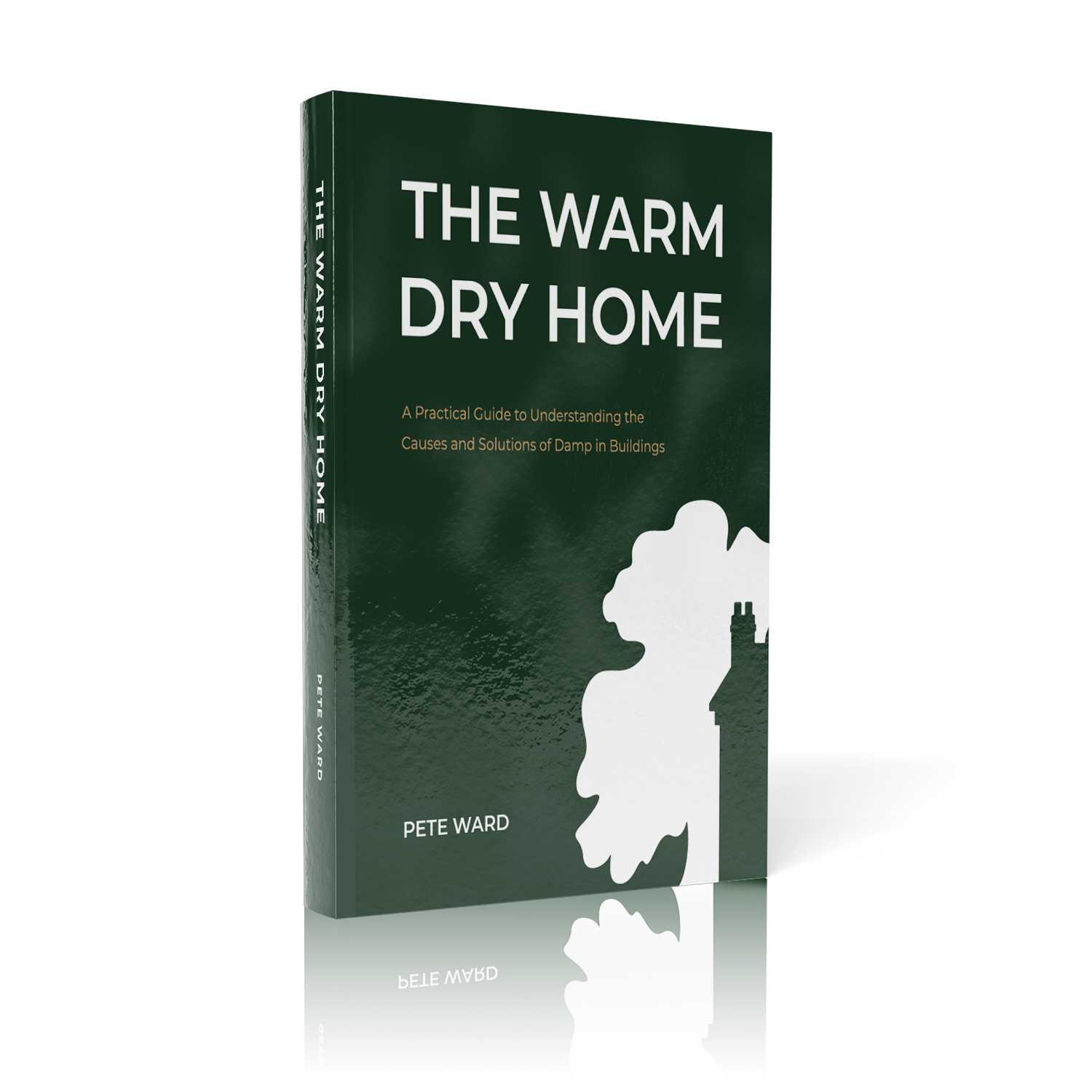We get a LOT of enquiries about sheepwool insulation, which we recommend wholeheartedly. There is a catch however. Sheepwool has acquired a very bad reputation because of unscrupulous suppliers who have mixed wool with polyester, creating a serious fire hazard. As well as this, they treat the wool with borax and / or pyrethrins to prevent insect attack. This just doesn't work, and there are numerous recorded incidents of moths attacking the wool and causing massive problems for homeowners. The most well publicised example was this one, which I'm told was using a product called Thermafleece - although the company went, or is going out of business as a result:
Grand Designs home ruined by biblical plague of moths..
We don't use ANY products that are not pure wool, and won't accept any chemical interference.
There is one company that produces pure wool insulation, which has a patented treatment to the wool which changes the molecular structure of the wool very slightly, making it totally unattractive to bugs. I know, because I was invited to their factory in the beautiful Austrian mountains to see the process. The company is called Isolena. We have trialled their products for years - I have a large building at our head office in Shropshire, insulated with their wool, which has seen zero problems with bugs after being installed some 9 or 10 years ago together with oak weatherboard facings. There is no other material in the Isolena product - no chemicals, and no dangerous flammable polyester fibre to burn. We've tested samples here, using a blowtorch, and the wool just chars a little on the surface, and will not burn - the charring actually isolates the wool from further flame.
Isolena wool is supplied in the UK by a company called Sheepwool Insulation. I don't have shares in them, and I don't get any benefit from saying what we say here - I paid full price for the insulation in our premises. It's just that once in a while you get to see a product, and use it, which does EVERYTHING it says on the tin, and more. The Isolena product is superb - it's warm, insulates far better than the quoted figures, is non toxic, and non flammable. We love it. It's specified and used in all the timber framing work we do, insulating timber framed infill panels. We specify it in building surveys to replace toxic fibreglass in lofts. We specify it as a breathable insulation underlay on stone and tiled floors in old houses, over which you can lay things like seagrass carpets and mats.
Fibreglass on the other hand is proving more and more problematic. One of the benefits of sheepwool (and I say this in the Isolena sense) is that it does not attract condensation - it can hold a certain amount of moisture in its structure until conditions change and it is released. It also ties up various chemical compounds like formaldehyde, locking them into the wool structure and removing from the atmosphere. In contrast, fibreglass and rockwool (both the same thing really) attract condensation. They hold moisture against ceiling joists, and this results in a rapidly increasing incidence of soft and rotting ceiling and roof timbers where fibreglass is in contact with the wood, trapping moisture, and causing decay and insect attack. Where we have installed sheepwool, this doesn't happen. I should emphasise that these statements about the poor performance of fibreglass is based on many hundreds of documented examples we've seen, during the course of building surveys all over the country. We've had the fibreglass manufacturers association have a go at us - but the facts, and evidence, speak for themselves. I just see this as another case of big chemical company trying to protect their grubby living.
Sheepwool Insulation is available here - It sounds corny, but I do personally guarantee this stuff - I love it:
Sheepwool Insulation Ltd
You'll notice the 'ionic protect' bit - that's the treatment that changes structure of the proteins, and makes it unattractive to bugs. I've worked with the owner of the company, and seen tests - very simple really - they take other insulation types, and put a load of moths into a big jar with the wool - it's promptly devoured and ruined. They do the same thing with the Isolena product, and nothing happens.
The price? It's not cheap - but only a bit more expensive than horrible toxic chemical foam insulation like Kingspan and Celotex. The only toxicity to this stuff is a few farting sheep on a hillside - I know which I'd prefer! You can buy insulation, acoustic sound insulation strips for floor joists, breathable carpet underlay, and even wool slippers!
Isolena can be found here - their other company here: Lehner wool


